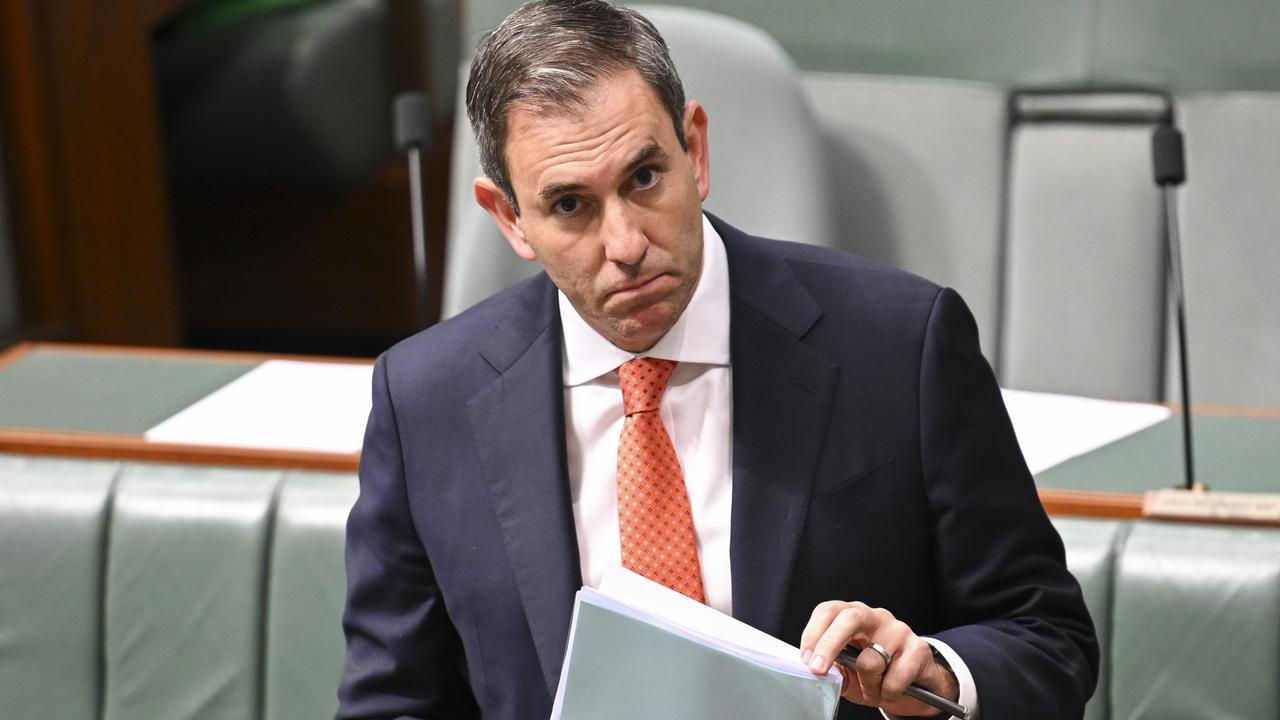Gender on agenda as bosses fail to mind the gap
Too many employers in Australia have played ‘tick-a-box’ on gender equality, creating policy and strategy documents but not following through with real action.

Too many employers in Australia have played “tick-a-box” on gender equality, creating policy and strategy documents but not following through with real action.
This is the brutal assessment of Workplace Gender Equality Agency director Libby Lyons as she released the findings from the organisation’s annual survey, which found that a $25,534 remuneration gap remains between men and women.
Ms Lyons said seven years after the WGEA’s formation, many organisations seem to have developed “gender equality fatigue”, with a 6.1 percentage point decline from last year in the number of organisations that took action to close the gender pay gap.
She said after a huge flurry in 2013 when non-public sector organisations with more than 100 employees were first required to report on gender composition, pay, flexible work arrangements, board composition and other issues, momentum was waning.
“Some saw it as a ‘tick-a-box’, but this misses the point. Policy and strategy are useless unless there is an action plan,” Ms Lyons told The Australian.
“Almost nothing has changed this year. It appears to me that employers are on autopilot when it comes to improving gender equality. The issue is clearly not receiving the necessary attention to drive further change.”
The survey covers organisations with a combined 4.3 million employees, or more than 40 per cent of the nation’s workforce. It found that the gender pay gap of $25,534 represented a 20.1 per cent difference between men and women, which is down just 0.7 per cent on last year.
But it was the decline in action to close the pay gap that has Ms Lyons most concerned.
The report found only 54.4 per cent of employers who conducted a gender pay gap analysis took action to close the identified gaps, down from 60.5 per cent last year. This means 45 per cent of organisations took no action to address their gender pay gap at all.

“This trend must not continue,” Ms Lyons said. “Experience tells us that when employers measure their data, identify the problem areas and take action to address them, the pay gap closes.”
The report also notes the glacial pace of improvement in the ranks of female CEOs and board directors. Although the numbers were up slightly from last year, women still make up just 18.3 per cent of CEOs and 28.1 per cent of board members.
One positive result in the survey was that for the first time in seven years, more than 50 per cent of organisations offer paid primary carer’s leave. And flexible working arrangements are more prevalent, with three in four organisations having a policy to promote flexibility.
Fiona Bounias works as head of member engagement for life insurer TAL, and credits its flexible work policies for enabling her to build a career over 15 years as well as having three children along the way — Nya, 11, Eva, 6, and Aki, 3.
“I’ve had three sets of maternity leave and still gone on to senior leadership roles,” she said.
“And I’m still getting opportunities for advancement while having my family. TAL has supported me to do both.”



